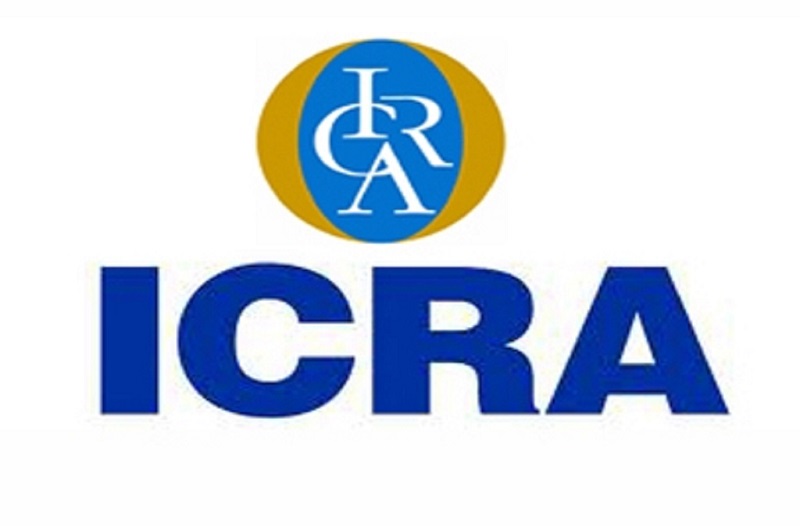The domestic auto component industry is expected to grow by 9-11% during FY2018e driven by robust growth in domestic passenger vehicles (PV) and two-wheelers (2W) segment as well as stable replacement demand. The revenue growth will be also be supported by steady increase in commodity prices and consequent impact on realization. According to an ICRA report, long-term growth will be around 10-12%, considering the increasing content per vehicle due to technological advancement and regulatory measures (emission, safety regulations). The growth in the auto component industry will be relatively higher than the underlying growth in the automotive industry in the medium to long term, due to increasing localisation by original equipment manufacturers (OEM)s, higher component content per vehicle and rising exports from India.
Outlining reasons for the auto components industry’s growth, Subrata Ray, Sr. Group Vice President, Corporate Sector ratings, ICRA says, “Domestic (OEMs), mainly 2Ws and PVs which together constitute about two-third of overall domestic OEM demand is expected to grow at a healthy pace in FY2018. During 4mFY2018, PV and 2W production grew by 6.9% and 10.0% respectively which coupled with robust 15.3% growth in tractor production volume has largely offset muted demand in commercial vehicle (CV) industry (production dipped by steep 13.3%). ICRA expects FY2018 to be another good year for Indian automobile industry with healthy growth expectations in 2W, PV and tractor segments.”
There is however near term concerns regarding medium & heavy (M&H) CV demand given the impact of pre-buying (in Q4FY17) and GST transition on demand off-take during H1FY18. Nevertheless, likely improvement in farm income given overall normal monsoon should support growth for 2W, tractor and LCVs segments. Further the pick-up in infrastructure activity will drive growth in construction & mining equipment as well as the tipper segment (classified under M&HCVs).
Exports accounts for 28% of demand for auto components in India, 60% of which is to the USA and EU markets. The incremental order inflow for class-8 trucks have been encouraging over the last six months after witnessing sharp decline in the US M&HCV market during H2 CY2015 and CY2016. The European PV and CV sales too witnessed marginal growth YTD CY2017 though outlook remains tepid over the near to medium term. Thus overall export volume growth is expected to be marginally positive for Indian auto ancillaries though rupee appreciation in the recent month will drag overall growth in INR term.
The revenues of ICRA’s sample of 48 auto ancillaries, comprising around 25% of the industry’s turnover, grew by about 5.5% during Q1 FY2018e; driven by higher realization in the backdrop of steady increase in commodity prices. Volumetric growth was however in low single digit, also dragged by weak tyre sector revenue performance which declined marginally by 0.6% during the quarter. Volumetric growth is expected to be better in FY2018e (as compared to FY2017), driven by OEMs and simultaneously supported by stable replacement demand.
The industry’s operating margin dipped below 15% level during FY2017 and may moderate further in FY2018. In the medium term, margin will be ~13%-13.5% due to a richer product mix and rising revenues from the profitable aftermarket segment.
As for profitability, following over 5-6 quarters of benign raw material prices, the input cost trend reversal since Jan-16, started impacting industry profitability from Q2FY2017. Amongst all commodities, rubber prices were very volatile with prices peaking at Rs. 160/Kg level in Q4FY2017, though the same were down to around Rs. 130/Kg level during Q1FY2018. Tyre manufacturers have witnessed sharp correction in profitability during Q1FY2018, as they liquidated most of the high cost inventory. Other commodities like steel and lead have also remained at elevated level, continuing to pressurize profitability. Consequently, other segments like batteries (high dependence on lead) as well as sheet metal and automotive bearing players have also witnessed Y-o-Y decline in profitability.
“Ancillaries continue to focus towards moving up the value chain to mitigate profitability and competitive pressure in the intensely competitive industry. Incremental investments are primarily towards new order/platform related requirement or debottlenecking of existing capacity. Supported by healthy cash accruals, gearing as well as coverage indicators for the industry have improved considerably over the past two years; we expect industry-wide credit trends to remain stable, supported by robust demand from the OEM segment in the near term,” concludes Ray.

